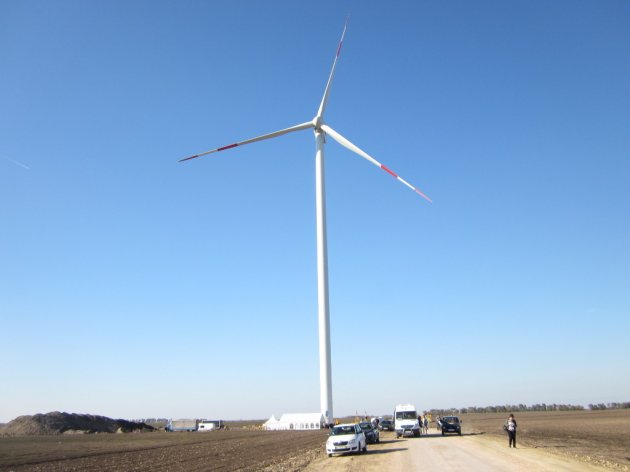
Uploaded on 2020-04-24 by srdjanz
Serbia’s total GHG emissions in 2013 were 59.02 million metric tons of carbon dioxide equivalent (MtCO2e), totaling 0.13 percent of global GHG emissions. 2013 GHG emissions were dominated by emissions from energy, which accounted for 80 percent of the country’s total emissions. Within the energy sector, electricity and heat generation were responsible for 70 percent of emissions. Agriculture was the second highest source of emissions (11.6%), with synthetic fertilizer and enteric fermentation from livestock contributing 62 percent of agriculture emissions. Waste and industrial processes (IP) contributed 5.1 percent and 3.3 percent, respectively. Serbia pledged to reduce its GHG emissions by 9.8 percent by 2030 compared to 1990 base year emissions. Producing and usage of renewable energy is a way of reducing GHG emission, so promoting and building capacities of renewable energy sources would be a proper policy to mitigate GHG emission in Serbia. Installed capacity of hydro power is 2,835 MW and as of December 2019. Wind power capacity is 500 MW. Serbia also makes use of geothermal and solar energy, currently 27% of Serbia's electricity comes from hydro while 4% comes from other renewables. (pic by Milos Vlahovic, https://www.ekapija.com/en/news/1423230/mk-fintel-wind-continues-to-invest-in-wind-farms-in-serbia-after, accessed April 24, 2020)